Secure Shell (SSH) is a protocol used to securely access and manage servers, routers, switches, and other network devices. It encrypts data sent between two parties, providing a secure channel over an unsecured network to ensure confidentiality and integrity.
The root cause of SSH Slowness
Several factors can make SSH slow. Here are some common ones:
Network Latency
Network latency is the time it takes for data to travel from one device to another. High latency can cause delays in SSH. This might be due to distance, network congestion, or poor network hardware.
Encryption Overhead
SSH uses encryption to secure data, which can slow down the process. Modern processors usually handle encryption well, but older or slower hardware might struggle, making SSH seem slow.
Server Load
A busy server can affect SSH performance. If the server has high traffic or is running demanding tasks, it might respond slowly to SSH requests.
Configuration Issues
Improper SSH server or client settings can lead to slow performance. Mismatched settings for parameters like KeepAlive, key exchange algorithms, and ciphers can affect the speed of data encryption and decryption.
How to enhance SSH Performance?
Now that we know the causes of SSH slowness, here are some ways to improve its performance:
1. Choose the Right Encryption Algorithm
Selecting a less CPU-intensive encryption algorithm can speed up SSH. For example, instead of using the default AES-128, you could use arcfour or chacha20-poly1305 (if supported). However, be aware that older or less secure algorithms might have security vulnerabilities.
To change the encryption algorithm, modify the Ciphers directive in your SSH server configuration file (/etc/ssh/sshd_config):
Ciphers aes256-gcm@openssh.com,chacha20-poly1305@openssh.com,aes256-ctr,aes256-cbc
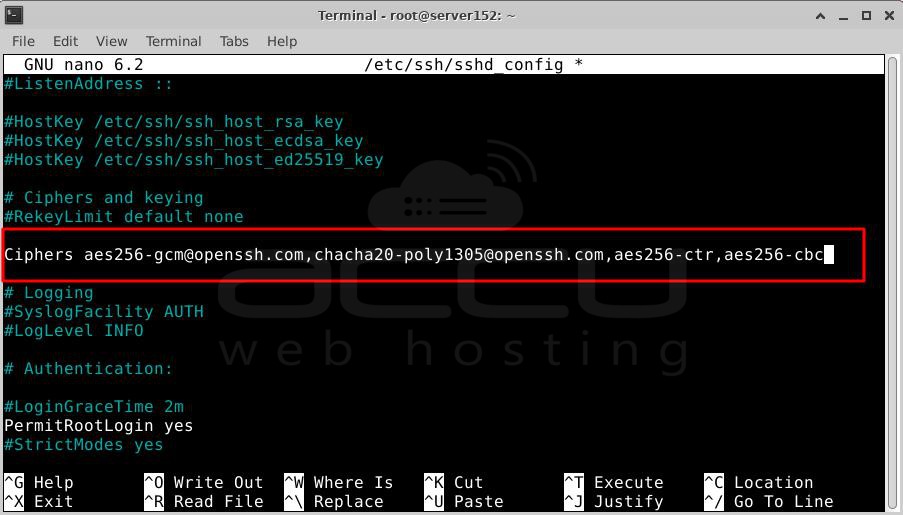
After that, restart the sshd service to apply the changes.
# systemctl restart sshd

Specify the preferred cipher in your SSH client:
ssh -c aes256-ctr user@hostname
2. Optimize Network Settings
Optimizing network settings can help reduce SSH slowness. Consider the following changes:
– Enable TCP KeepAlive to keep connections active and reduce delays from reconnecting.
– Increase the ServerAliveInterval and ClientAliveInterval values to keep idle connections active longer.
Example of configuring these settings on your SSH server:
TCPKeepAlive yes
ClientAliveInterval 60
ClientAliveCountMax 3
And on your SSH client:
Host *
ServerAliveInterval 60
ServerAliveCountMax 3
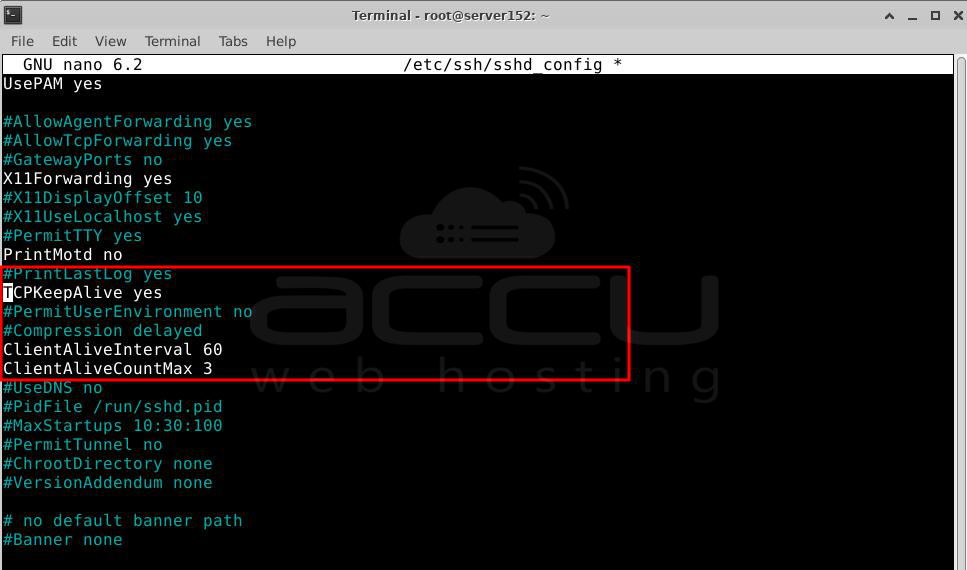
After that, restart the sshd service to apply the changes.
# systemctl restart sshd

3. Use Compression
Enabling compression can speed up SSH data transfers, especially with large files or slow networks. To enable compression, add the -C flag when connecting with an SSH client:
# ssh -C user@hostname
Or add the following line to your SSH client configuration file:
Compression yes
Note: Compression can increase CPU usage, so it might not be ideal for devices with limited processing power.
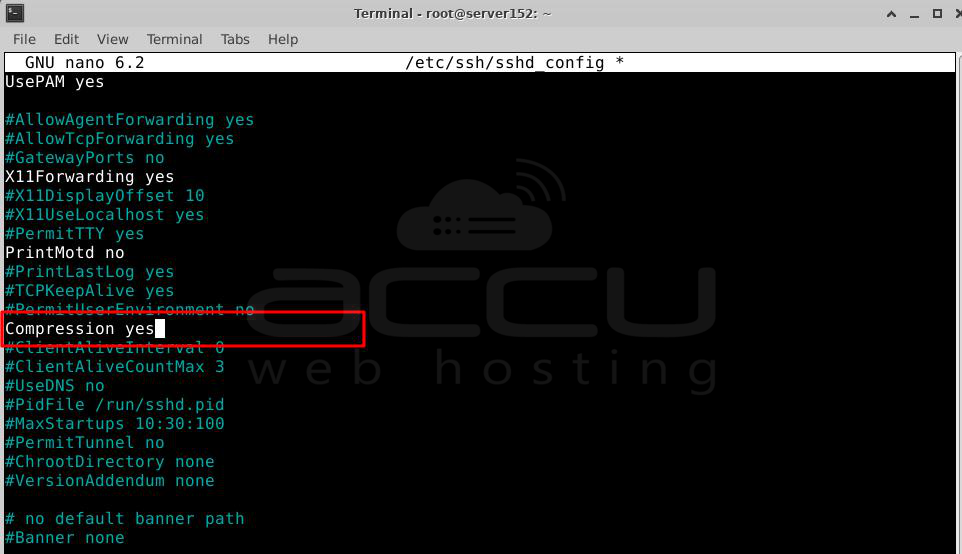
After that, restart the sshd service to apply the changes.
# systemctl restart sshd

4. Reuse SSH Connection for Faster Access
Reusing an SSH connection means you can establish a connection once and reuse it later, instead of creating a new connection each time. This speeds up your SSH access by removing the overhead of setting up a new connection every time.
Normally, when connecting to a remote server, you use:
# ssh -i authenticationkey.pem user@example.com

Instead of using this command every time, you can create a configuration file to automate the process. To reuse an SSH connection, follow these steps:
Create SSH Configuration File
Open the terminal and enter:
nano ~/.ssh/config

Enter These Settings into the Configuration File
Host accuweb-server
Hostname ec2-52-66-252-189.ap-south-1.compute.amazonaws.com
User ubuntu
PreferredAuthentications publickey
IdentityFile Downloads/Migration2.pem
Host accuweb-server: Replace "accuweb-server" with any name you want.
Hostname: Change this to the public IP address or domain name of the server.
User: Change this to the username for the SSH connection (e.g., ubuntu).
If you use an SSH key pair for authentication, include these lines:
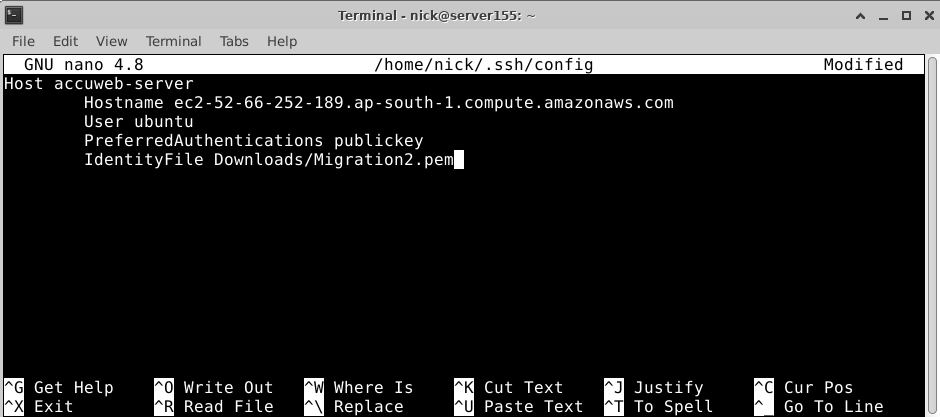
PreferredAuthentications publickey: This tells SSH to authenticate using the public/private key.
IdentityFile: Specify the location of your private key.
Save the configuration file and exit the editor. You can add multiple hosts if needed.
Use the Configuration to Connect
Now, you can connect using:
# ssh accuweb-server
Creating an SSH config file simplifies and speeds up your SSH connections.
5. Use a Newer SSH Version
Older SSH versions can cause slow connections and security risks. Upgrading to a newer version can improve performance. To upgrade SSH on Debian or Ubuntu, use these commands:
# apt-get update
# apt-get install openssh-server
6. Adjust SSH Settings
Tweaking the SSH configuration file can make your SSH connection faster. Since changes can affect security and stability, back up the existing configuration first:
# cp /etc/ssh/ssh_config /etc/ssh/ssh_config.bak
If you encounter issues, restore the original configuration with:
# rm /etc/ssh/ssh_config
# cp /etc/ssh/ssh_config.bak /etc/ssh/ssh_config
Use DNS
This setting applies to remote servers only. Connect to your server via SSH and edit the SSH configuration file:
# nano /etc/ssh/sshd_config
Uncomment the following line:
UseDNS no
Note: This setting may increase traffic and resource consumption, causing delays in the authentication process. Use it only when necessary.
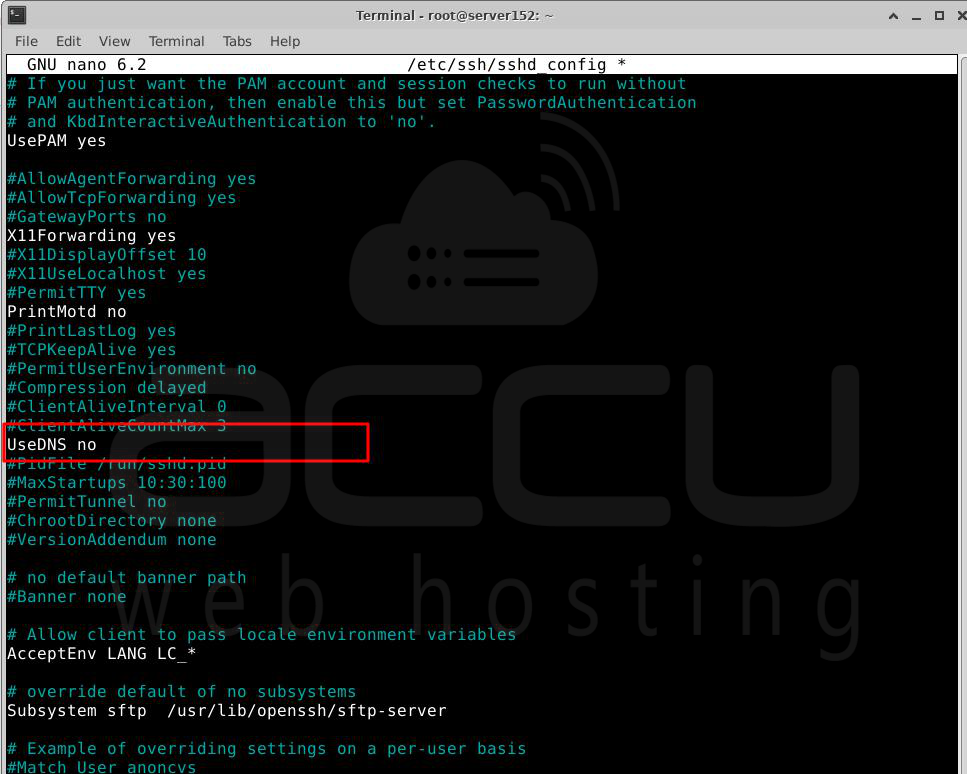
After that, restart the sshd service to apply the changes.
# systemctl restart sshd

7. Use Multiplexing
SSH multiplexing allows you to reuse a single SSH connection for multiple sessions, reducing the overhead of establishing new connections. To enable multiplexing, edit your SSH config file:
# nano /etc/ssh/ssh_config
Add these lines:
ControlMaster auto
ControlPath ~/.ssh/control:%h:%p:%r
ControlPersist 10m
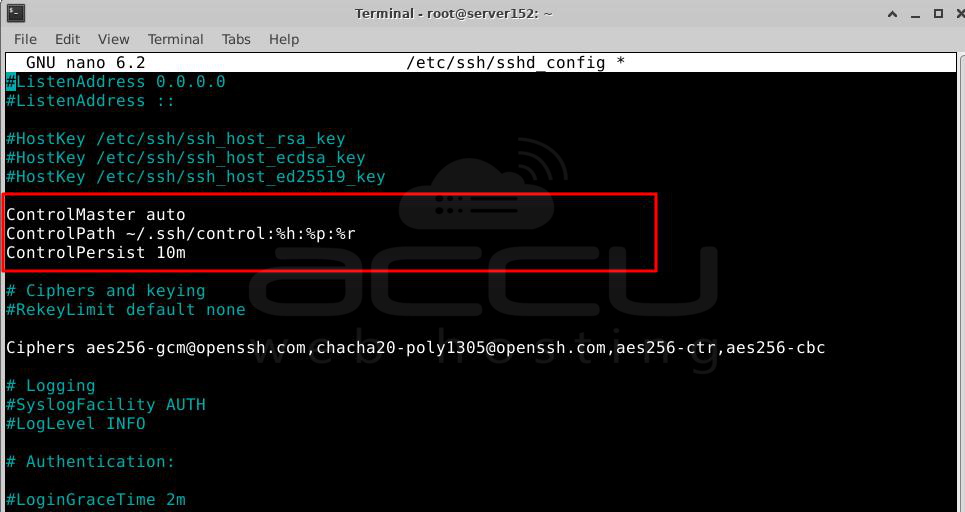
ControlPersist: Specifies how long the control socket remains open.
Note: Using multiplexing can be risky if your control socket is compromised. Use this option at your own risk.
After that, restart the sshd service to apply the changes.
# systemctl restart sshd

8. Use a Faster SSH Client
Connection speed can depend on the SSH client you use. Choose a client based on your operating system:
Windows: Use WSL (Windows Subsystem for Linux) or PuTTY.
Linux: The default OpenSSH client is usually fast enough, but alternatives like MobaXterm, Bitvise SSH Client, or Tera Term might better meet your needs.
Choosing the right client can improve your SSH connection speed.
Conclusion
In summary, SSH is not inherently slow, but certain factors can cause slowness in specific situations. By optimizing various settings, upgrading hardware and network equipment, and using compression, you can ensure a faster and more responsive SSH experience.
Remember that optimization requires a balance between security and performance. Always consider the potential risks associated with any changes to your configuration. Now that you have the knowledge and tools to analyze and optimize your SSH connection, experiment with these techniques and share your results to help the SSH community grow.



